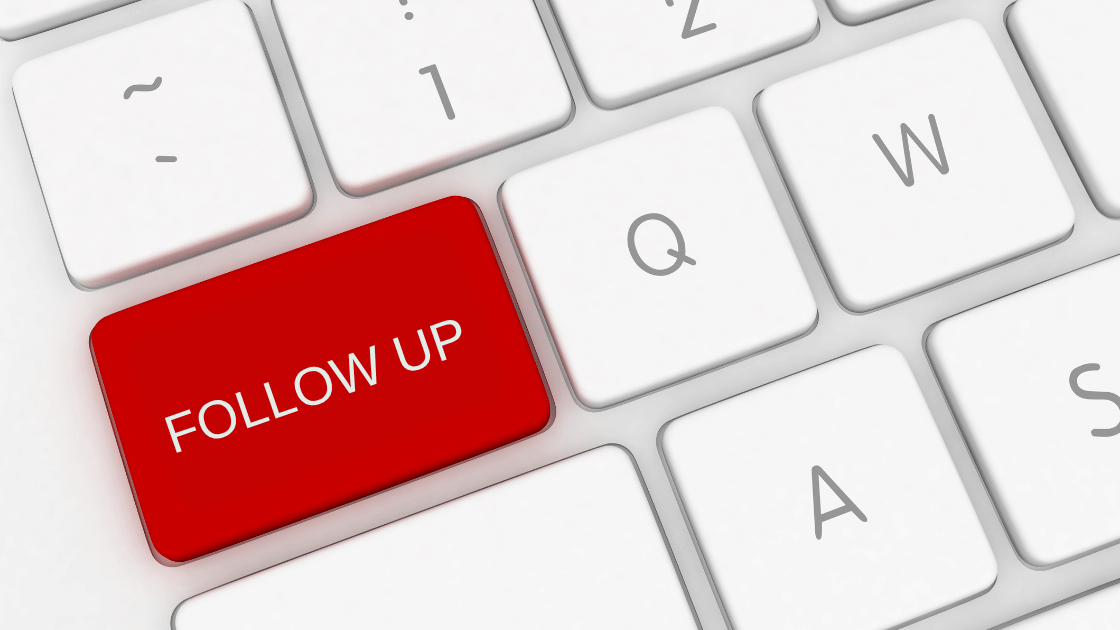That Awkward Silence…
You hit send. Your heart does that tiny flutter of hope. And then—crickets.
We’ve all been there. You send a thoughtful, well-structured cold email. You’ve researched the person. You didn’t sound like a robot. You even kept it short (because everyone says short works better). And yet… silence.
But here’s the thing: silence doesn’t always mean “no.”
Sometimes, it means “not yet.” Sometimes, it just means “I forgot.”
Which is exactly why following up matters. If cold emailing is like knocking on someone’s door, then the follow-up is politely ringing the bell again when you suspect they just didn’t hear the first knock.
Done right, it’s not annoying—it’s smart. It’s respectful. And in 2025, when inboxes are more chaotic than a group chat during a family feud, it’s necessary.
Let’s Talk Psychology for a Second
Most people don’t ignore your message because they’re rude. They’re just…swamped. Between Slack pings, Instagram DMs, internal newsletters, and four Zoom calls before lunch, your email may have simply slipped through the cracks.
Also, let’s be honest—everyone filters email differently. Some open everything. Others scan the subject line, then move on. And a lot of folks? They read your message, make a mental note to reply later, and then forget it ever existed. Poof. Gone.
So when you follow up, you’re not bothering them—you’re gently reminding them. You’re waving from the back row saying, “Hey, still here—just making sure this didn’t get lost.”
So… When Should You Actually Follow Up?
Timing isn’t everything, but it sure helps. If you send a follow-up too soon, you risk seeming impatient. Wait too long, and the original message gets cold.
The sweet spot? Usually 2–4 business days.
That gives your contact enough time to breathe without forgetting who you are entirely.
And don’t be afraid to experiment based on context. If your email was super time-sensitive—say, about a webinar happening next week—shorter intervals might make sense. But if you’re reaching out about a long-term collaboration? Give it room.
Also: don’t send your follow-ups at the exact same time of day. People check email at different times. Staggering your follow-ups increases your chances of landing in their “attention zone.”
Please, Don’t Say “Just Checking In”
Let’s be real—if your follow-up starts with “Hey, just checking in on my previous email,” you’ve already lost a bit of momentum. It feels… flat. Forgettable. Like a post-it note from someone you barely remember.
Here’s what to do instead:
❌ What Not to Say:
- “Just wanted to bump this to the top of your inbox”
- “Circling back on my last message”
- “Hope you’re well—did you get a chance to look at this?”
These are filler. They add nothing. And more importantly, they sound like everyone else.
✅ What Actually Works:
- Add value: “I found a recent article I thought you might like—it reminded me of our potential collaboration.”
- Spark curiosity: “Quick idea I didn’t mention last time—what if we tested a lighter version of this?”
- Reference context: “Saw you posted about [topic]—totally aligns with the email I sent last week.”
The follow-up should earn its place. Don’t rehash the same message. Add something—even if it’s just a fresh tone or a small insight.
And if all else fails? Humor can work. I once saw someone follow up with:
“I know inboxes can be graveyards. Just checking if my email’s ghost is still haunting yours 👻.”
Cheeky? Sure. But guess what? The person replied.
How Many Times Should You Follow Up?
Ah yes—the age-old question. Where’s the line between persistence and pestering?
Honestly? 3 to 5 follow-ups is a healthy range. Any more than that, and you risk feeling like the email version of that guy who won’t stop texting “hey.”
Here’s a rhythm that works for a lot of senders:
- Day 1: Initial email
- Day 3 or 4: First follow-up
- Day 7: Second follow-up (with a new angle)
- Day 14: Final check-in (respectful exit if no reply)
And that last one? That’s where you bow out gracefully:
“If this isn’t something you’re exploring right now, no worries at all—I’ll leave you in peace. Just wanted to reach out in case it was helpful.”
No pressure. No weird vibes. Just class.
Yes, You Can Automate (But Please Sound Like a Human)
Let’s talk tools for a second. If you’re sending dozens (or hundreds) of cold emails a week, you’re probably not doing it all manually. And you shouldn’t.
Platforms like Smartlead, Mailshake, or Instantly let you schedule follow-ups automatically—based on opens, replies, or even no activity.
But here’s the catch: automation only works if it doesn’t feel automated. That means no obvious templates. No weird variables that break and say “Hi FIRST_NAME.” And definitely no emails that feel like they were written by a sales team that’s never met a human being.
The trick is writing follow-ups that feel like you. Like a person who actually gives a damn.
Quick tip? Write your follow-ups as if you’re texting a professional acquaintance. Not your best friend. Not a robot. Somewhere comfortably in between.
Following Up Like a Human
If your cold outreach is rooted in curiosity, usefulness, and a bit of respect, your follow-up won’t feel pushy—it’ll feel thoughtful. It’s not about being the loudest voice in their inbox; it’s about showing up with something worth their attention.
So follow up—but do it because you genuinely believe the conversation is worth having.
Not to chase. Not to spam. Just to connect. And honestly, that’s still the most underrated move in email marketing.

